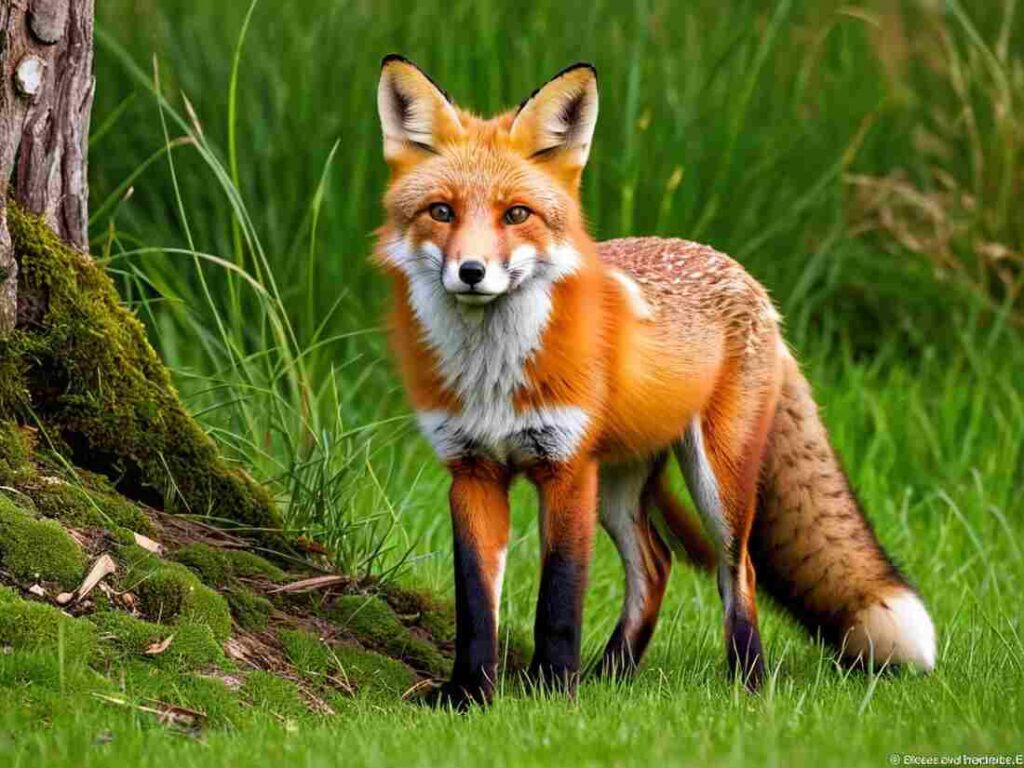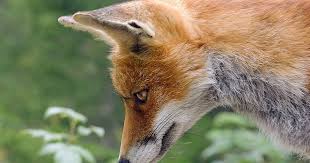Does Red Fox Have Spical Adoption: A Path To Conservation And Connection!

Adopting a red fox may seem like a whimsical idea, but through symbolic adoptions, individuals can play a significant role in protecting these majestic animals and their habitats. Symbolic adoptions are a way for people to connect with wildlife, contribute to conservation efforts, and raise awareness about species that may be under threat or in need of support.
The concept has gained popularity in recent years, especially through various organizations like the World Wildlife Fund (WWF), the Endangered Wolf Center, and SaveAFox Rescue, which provide opportunities for individuals to adopt a red fox in a symbolic manner.
Table of Contents
The Appeal of Symbolic Adoption:
Symbolic adoption programs offer a unique way for individuals to support conservation efforts without actually taking an animal into their home. In essence, adopting a red fox through these organizations means providing financial support for their welfare, protection, and conservation initiatives. While the adoptive process is symbolic, it has tangible impacts on the species and the environments they inhabit.
What Does It Mean to Symbolically Adopt a Red Fox?
When you symbolically adopt a red fox, you’re not physically taking the animal in, but rather supporting the conservation and welfare initiatives that protect red foxes and their natural habitats. The process typically involves a financial contribution, which is used to fund various projects related to red fox conservation. These might include habitat restoration, anti-poaching efforts, rescue operations, research, and educational outreach to raise awareness about the species.
Through these programs, adoptive “parents” receive updates, photos, and information about their adopted red fox, along with details about the ongoing conservation projects. It’s an opportunity to stay connected to the efforts that are making a difference in the lives of these animals. In a sense, symbolic adoption allows individuals to become advocates for red foxes, amplifying their efforts for wildlife conservation on a larger scale.
Why Adopt a Red Fox?

Red foxes, while widespread and adaptable, face many threats to their survival, particularly in urban areas where their natural habitats are shrinking. Additionally, while the red fox population is not globally endangered, local populations in specific regions may be vulnerable due to factors like habitat loss, human encroachment, and hunting.
1. Habitat Loss
As cities and agricultural areas expand, red fox habitats such as forests, grasslands, and wetlands are being destroyed. This fragmentation makes it harder for foxes to find food and shelter, which can reduce their population in affected regions.
2. Poaching and Hunting
In some areas, red foxes are hunted for their pelts or viewed as pests by farmers. Trapping, shooting, and poisoning pose significant threats, and while legal protections exist in some regions, illegal poaching remains an ongoing challenge.
3. Urbanization
While red foxes have adapted to living near human settlements, urbanization still presents risks. Increased human activity, traffic, and pollution disrupt their natural food sources, and roads create a danger of vehicle collisions, leading to injury or death.
4. Climate Change
Rising temperatures and changing weather patterns affect ecosystems globally. As climate change alters habitats and prey availability, red foxes may struggle to find food or suitable living spaces, further impacting their survival.
Organizations Supporting Red Fox Conservation:
Several prominent organizations provide symbolic adoption programs for red foxes, giving people an opportunity to make a direct impact. These organizations work on the ground to protect wildlife, restore ecosystems, and promote conservation education. Let’s take a look at a few of the key players:
1. World Wildlife Fund (WWF):
The World Wildlife Fund is one of the largest and most recognized conservation organizations globally. While WWF is often associated with larger, more iconic species such as tigers, pandas, and elephants, they also support a wide range of species, including the red fox. Through WWF’s symbolic adoption program, you can contribute to the protection of red foxes in the wild by providing resources for habitat conservation, research, and community outreach.
2. Endangered Wolf Center
Though primarily focused on the conservation of wolves, the Endangered Wolf Center also provides resources and support for other canids, including the red fox. Through their symbolic adoption program, you can help contribute to the protection and rehabilitation of red foxes in areas where they face significant threats.
3. SaveAFox Rescue:
SaveAFox Rescue is a nonprofit organization dedicated to rescuing and rehabilitating foxes, including red foxes, that have been abandoned, abused, or are being kept as exotic pets. The organization rescues foxes from harsh conditions, providing them with a safe haven and rehabilitating them for eventual release back into the wild, where possible.
Also Read: Aume Pawziel – Unlocking Innovation and Growth in 2025!
What Does Your Contribution Help Fund?
Your symbolic adoption of a red fox helps fund a range of critical conservation initiatives, such as:
- Habitat Preservation: Many red fox populations depend on healthy ecosystems, including forests, grasslands, and wetlands. Your contribution can help fund the restoration of these habitats, ensuring that foxes have safe spaces to live and hunt.
- Rescue Operations: Organizations like SaveAFox Rescue rely on donations to help fund rescues of foxes that have been harmed, abandoned, or exploited. These foxes often need extensive rehabilitation before they can return to the wild.
- Anti-Poaching Efforts: In areas where red foxes face hunting and trapping threats, donations are used to fund anti-poaching patrols and enforcement of wildlife protection laws.
- Educational Outreach: Many of these organizations use funds to educate local communities about the importance of conserving red foxes and other wildlife. Education can help reduce human-wildlife conflict and promote sustainable practices that benefit both foxes and people.
- Research: Funding also supports research into red fox behavior, genetics, and health, providing important data for conservation strategies.
FAQs:
1. How is symbolic adoption different from adopting a red fox as a pet?
Symbolic adoption is a financial contribution to conservation efforts, not a physical adoption. You support the foxes through donations without taking them home as pets.
2. What does my donation go towards when I symbolically adopt a red fox?
Your donation helps fund habitat preservation, rescue efforts, and education programs. It supports the conservation of red foxes and their natural environments.
3. Will I be able to visit my symbolically adopted red fox?
Symbolic adoption doesn’t offer physical visits to the fox. However, you’ll receive updates and photos about the fox’s conservation efforts.
4. Can I symbolically adopt a red fox from anywhere in the world?
Yes, symbolic adoptions are available globally. You can support red fox conservation from anywhere through online platforms.
5. Is the adoption of a red fox symbolic, or will it help me form a direct relationship with the animal?
The adoption is symbolic and supports broader conservation. It allows you to connect with the species and contribute to their protection.
Conclusion:
Symbolically adopting a red fox is a powerful way for individuals to make a tangible impact on the survival of these remarkable animals. While red foxes may not be as endangered as some other species, they face a host of challenges that require attention and action. Through organizations like WWF, the Endangered Wolf Center, and SaveAFox Rescue, people around the world can contribute to the conservation of red foxes, ensuring that they remain a thriving part of our natural world for generations to come.
Also Read:







